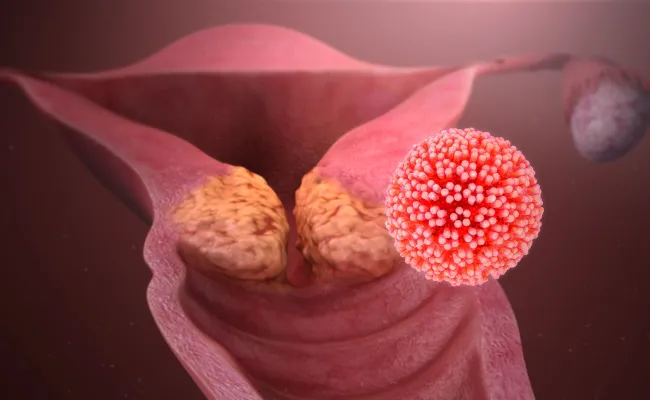Cervical cancer is spreading rapidly among women. This has become a very big and serious disease for women. Every year millions of women die due to ovarian and cervical cancer. In such a situation, know every information related to cancer from the gynecologist.
Cervical cancer, once a leading cause of death among women, is now largely preventable thanks to advancements in screening and vaccination. However, it remains a significant public health concern, particularly in regions with limited access to healthcare. This article aims to empower women with knowledge about cervical cancer, its causes, symptoms, prevention strategies, and treatment options.
Understanding Cervical Cancer:
Cervical cancer originates in the cervix, the lower part of the uterus that connects to the vagina. The vast majority of cervical cancers (over 90%) are caused by persistent infection with certain strains of the Human Papillomavirus (HPV), a very common sexually transmitted infection. While most HPV infections resolve on their own, some strains can linger and cause abnormal changes in cervical cells, eventually leading to cancer if left untreated.
Why is Cervical Cancer a Serious Threat?
Despite the availability of preventive measures, cervical cancer continues to be a significant health burden globally. Here’s why:
- Silent Killer: Often, cervical cancer shows no symptoms in its early stages. By the time symptoms appear, the cancer may be more advanced and require more aggressive treatment.
- Disparities in Access to Care: In low- and middle-income countries, women may lack access to regular screening programs and HPV vaccination, leading to higher rates of cervical cancer diagnosis and death.
- Stigma: Cultural and social stigma surrounding cervical cancer screening and HPV vaccination can hinder women from seeking preventive care.
Symptoms to Watch Out For:
While cervical cancer may not present early symptoms, some red flags can’t be ignored. These include:
- Abnormal vaginal bleeding, such as bleeding between periods, after menopause, or during sex
- Pelvic pain during intercourse
- Unusual vaginal discharge
Early Detection is Key:
Regular Pap smears and HPV testing are crucial for early detection of cervical cancer. A Pap smear checks for abnormal cell changes in the cervix, while HPV testing identifies the presence of the virus itself. Early detection allows for treatment at a more manageable stage, significantly improving the chances of successful treatment and survival.
The Power of Prevention:
The good news is that cervical cancer is largely preventable through the following strategies:
- HPV Vaccination: Vaccination against HPV is the most effective way to prevent cervical cancer. The HPV vaccine is recommended for girls and young women aged 11-12 years and can also be given to young men in some regions.
- Regular Pap Smears and HPV Testing: The recommended screening schedule may vary based on age, HPV vaccination status, and medical history. It’s important to consult your doctor to determine the most appropriate screening plan for you.
- Safe Sexual Practices: Consistent use of condoms can help reduce the risk of HPV transmission.
Treatment Options:
Depending on the stage and type of cervical cancer, various treatment options may be considered. These include:
- Surgery: This may involve removing the cervix or, in some cases, the entire uterus.
- Radiation Therapy: High-energy rays are used to kill cancer cells.
- Chemotherapy: Powerful drugs are used to destroy cancer cells throughout the body.
- Targeted Therapy: Newer medications target specific vulnerabilities in cancer cells.
Living with and Beyond Cervical Cancer:
A diagnosis of cervical cancer can be overwhelming, but with proper treatment and support, many women can live long and fulfilling lives. It’s important to maintain a healthy lifestyle, manage side effects of treatment, and seek emotional support from loved ones or support groups.
Empowering Women, Saving Lives:
By raising awareness about cervical cancer, encouraging HPV vaccination, and promoting regular screening, we can significantly reduce the burden of this disease. Open communication with healthcare providers and breaking down stigmas surrounding reproductive health can empower women to take control of their health and prioritize prevention. Remember, knowledge is power. Let’s work together to ensure a future where cervical cancer is no longer a threat to women’s health.





